from powerwheels.com.ph
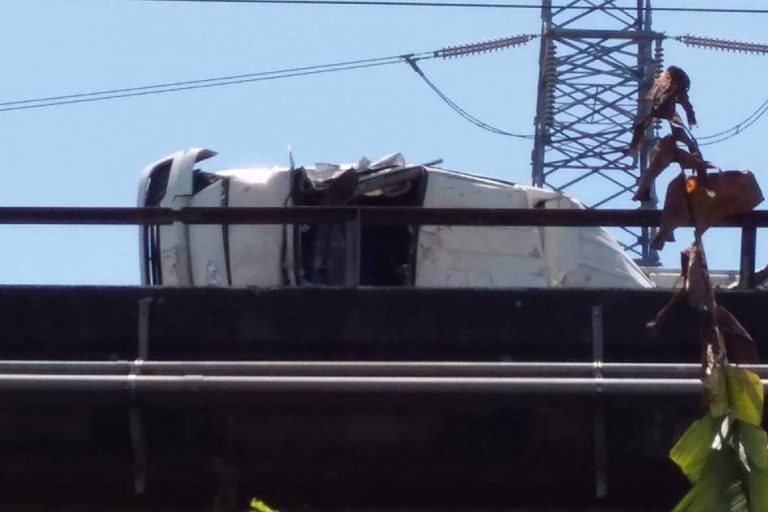
Photo from ABS-CBN News
The news feed from ABS-CBN (news.abs-cbn.com) was grim: Five people were killed and 10 were wounded after the van that was ferrying them flipped over while passing through an elevated portion on the northbound side of the North Luzon Expressway (NLEX) in Apalit, Pampanga around noon Saturday, March 23, 2019. The police reported that of the 15 people on board the van at the time of the incident, eight of them plunged 20 feet down into a residential area in Barangay Tabuyuc. According to the NLEX Traffic Control Center, the left rear tire of the van blew out, causing the vehicle to flip and roll over the lanes of the viaduct. Thirteen of the passengers were overseas Filipino workers (OFWs) who were about to catch their flights at the Clark International Airport bound for the Middle East. Most of them were asleep when the accident occurred.
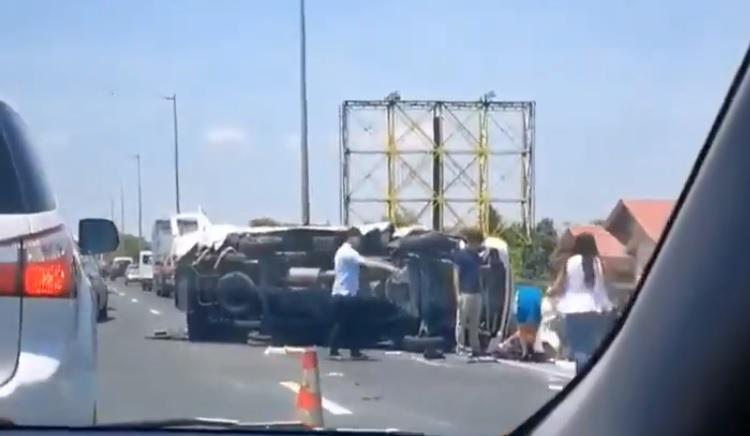
Photo from GMA Network News
One of the victims, Jessamarr Jonson, was supposed to leave for Saudi Arabia at 7:00 PM that night. She was hoping to provide for her family as a domestic helper with her 2-year contract. But the road crash almost killed her. She survived but 5 other OFWs did not. Jonson’s brother, Mark, said the agency that deployed Jessamarr, First Personnel Services, has offered to handle the medical and other expenses but they have not discussed about pressing charges against the driver. Meanwhile, police held the driver of the van, identified only as “Alias Rolly”, at the Apalit police station while charges of reckless imprudence resulting in multiple homicide, multiple physical injury, and damage to properties was being readied against him.

Contemplating on our Readers’ Reactions
After we posted this news feed at the Power Wheels Facebook Page and wondered what tire brand was mounted on the van, our post reached 18,393 people and generated 2,465 engagements in just a matter of hours. We contemplated on some of the more relevant reactions:
Raymond Gorospe: Old tires? They should check it first before driving. Who owns the van and the agency?
Rich Chavez: I doubt it was the tires fault. Maybe it’s because people are too cheap and don’t buy tires unless they are completely bald.
Aaron Concepcion: It could happen to any tire brand, especially if the tire is already expired. Micro cracks aren’t visible to the naked eye.
JSK Custom: We have to be responsible car owners. Lives cannot be bargained for cheap tires or irresponsibility.
Neil Adams: A blowout should never be blamed for losing control. It can happen even with tires that are almost new. It happened to me several times in my long driving career. If the driver is properly trained, is holding the wheel correctly with both hands, and is paying full attention to his driving, then there is no reason to even leave the traffic lane.
John Prior: I noticed in Philippines that they don’t even bother to check the tire pressure when they put in air. They think all tires are for high-speed driving.
With the driver arrested and awaiting charges, and the NLEX traffic back to normal, this case seems to be over and forgotten. But it shouldn’t be. All the angles leading to the crash should be and must be investigated. Those persons who are guilty of negligence leading to the crash should be held liable. One question should be answered first: Why did the tire blow out?
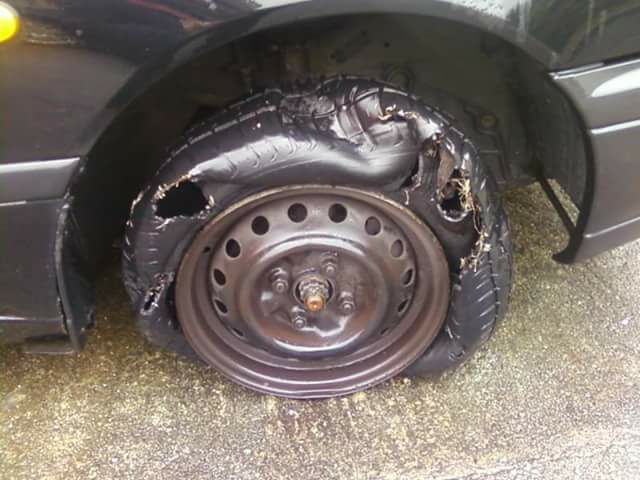
Digging Deeper
When an airplane crashes, the Federal Aviation Administration (FAA) investigates all angles leading to the crash including aircraft design, metal fatigue, control malfunction, and pilot error. After all, lives were lost and a thorough investigation and proactive measures could prevent future recurrence and save countless other lives. In the case of the van flipping over at NLEX, it’s almost too easy to point to the negligence of driver, operator, or vehicle owner as the cause. Let’s look at the cause of the accident – the tire blowout. Did the driver, operator or owner knowingly operate the van on the highways with balding or worn-out tires? Or was the tire simply defective? Were there vulcanizing repairs done on the van’s tire that weakened it and led to the blowout? Or did the tire come in contact with an object on the ground that caused the blowout? These questions remained unanswered.
Let’s tackle this one-by-one: If the driver, operator of owner of the van knowingly allowed the van to be driven on the highways with bald or worn-out tires, then they should be liable for criminal negligence. They should be prosecuted to the full extent of the law.
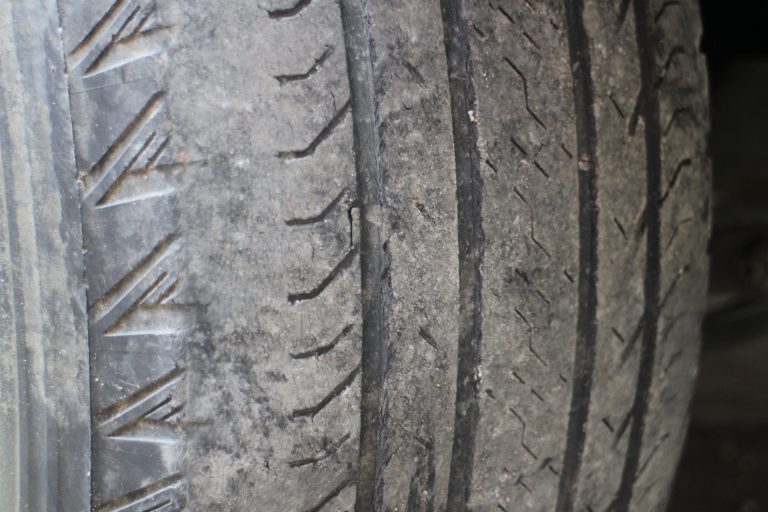
Culpability of the LTO and LTFRB
But if you think about it: How did the van, especially one that is contracted to transport the public, pass through the annual vehicle inspection of the Land Transportation Office (LTO) with bald or worn-out tires? If the van passed its annual vehicle inspection, then the LTO district office where this van was registered and its officials should be investigated and be held liable for gross negligence and dereliction of duty. Now, if you look around, there are a lot of public utility vehicles (PUVs) like tricycles, taxis, jeepneys and buses running on bald or worn-out tires that pose a danger to the commuting public. Are we just going to blame the PUV driver, owner or operator when another deadly accident happens? Wouldn’t the next of kin of the victims be offended if someone instigates that commuters are equally liable for riding a dangerous vehicle?
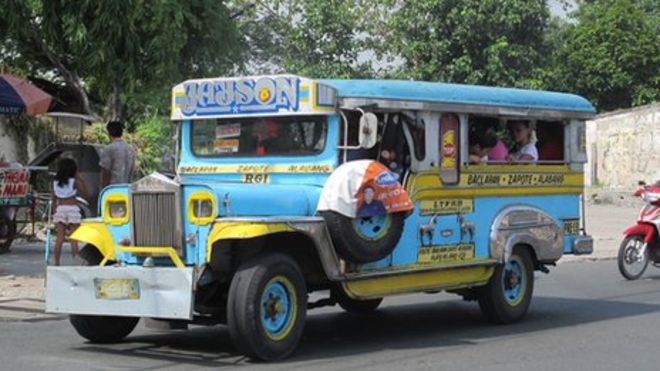
Take a close look at the worn-out front left tire of this jeepney.
As Neil Adams pointed out, a trained driver should be able to avert accidents during a tire blowout. The LTO requires that the driver of a vehicle that ferries paying passengers should possess a Professional Driver’s License because driving is his profession, occupation or work. Simply put, he or she drives for a living. However, since the passengers’ lives rest on the hands of the PUV driver, shouldn’t the PUV driver undergo special training skills to handle emergencies, like tire blowouts? Since the regulation of PUVs fall under the Land Transportation Franchise Regulatory Board (LTFRB), shouldn’t this agency not only regulate the number of PUVs plying a certain route but also regulate the driving, technical and maintenance skills of the drivers and operators of PUVs?
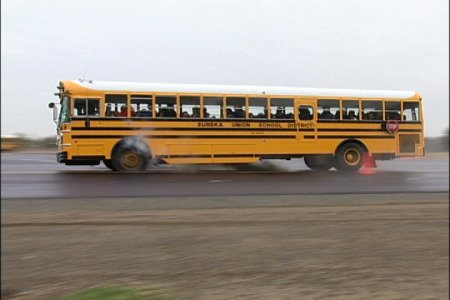
Bus tire blowout training in the US.
Culpability of the Tire Manufacturer, Distributor, or Seller
What if the driver, owner or operator of the vehicle actually had a new tire installed but it was a defective one? What if the left rear tire that suffered a blowout had micro-cracks, as Aaron Concepcion suspected, because it was an unused, new old stock (NOS) where the tire rubber, carcass or structure has deteriorated over time? What if the tire had a manufacturing defect that wasn’t detected? Nowadays, you can buy cheap tires that may be dangerous for highway use because of defective materials, inadequate safety designs, or incompatibility to the Philippine climate, roads or driving conditions. A tire manufacturer, distributor or retailer who knowingly makes, distributes or sells tires that are defective or not meant for Philippine road conditions should be held liable as well.
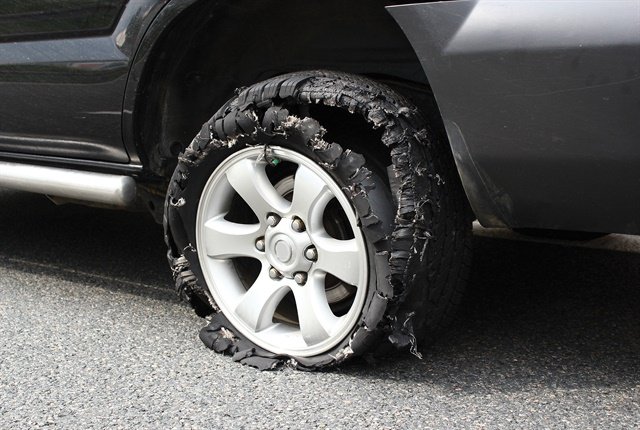
Take the case of our media colleague, Arnel Doria, who used to work for Honda and Volkswagen. He bought a brand-new Volkswagen Touareg that was fitted at the factory with Goodyear Vector all-season tires. After some time, the tread blocks of the Goodyear tires were chipping off like they were cheap re-treads. It seems that the tires were not designed for tropical climates or his car was fitted with tires that were destined for European road use. If he hadn’t noticed that the tire treads were deteriorating, the tires would have disintegrated while Arnel was driving his car at the legal limits on the toll ways. That would have been deadly and catastrophic, both for the occupants and the car brand.
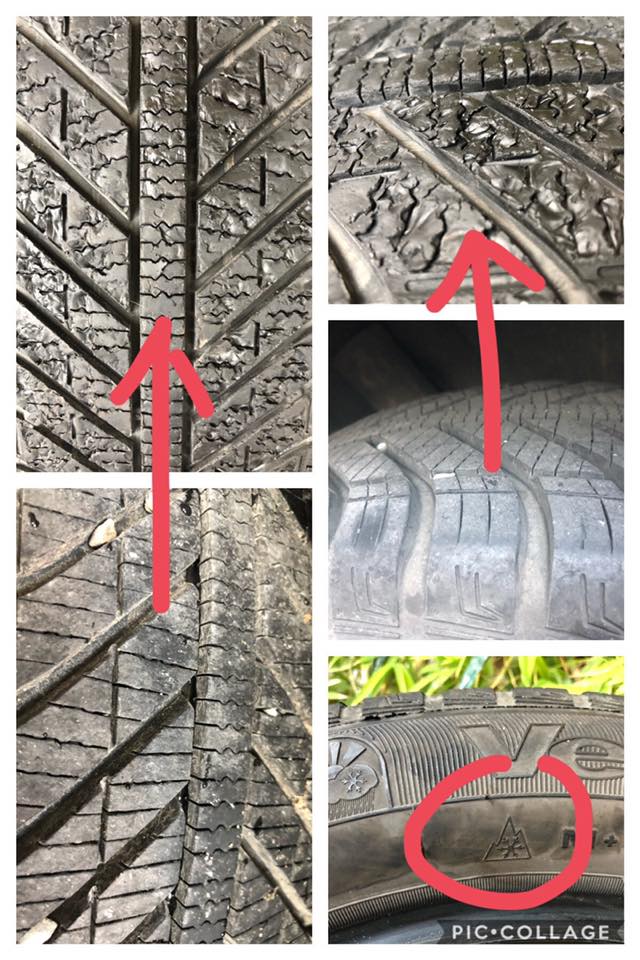
Culpability of Parallel Importers
Sometimes, exclusive tire distributors might become involved in accidents not because of their own doing. For example, let’s take a look at Bridgestone tires, which are exclusively distributed into the country by Philippine Allied Enterprises Corporation (PAEC). The company is taking all the necessary steps to ensure that every Bridgestone tire model they bring in is designed for use in tropical conditions. Because of PAEC’s quality, performance and safety advocacies and practices, the retail prices of Bridgestone tires may be a little bit higher but what price do you place on safety and peace of mind?
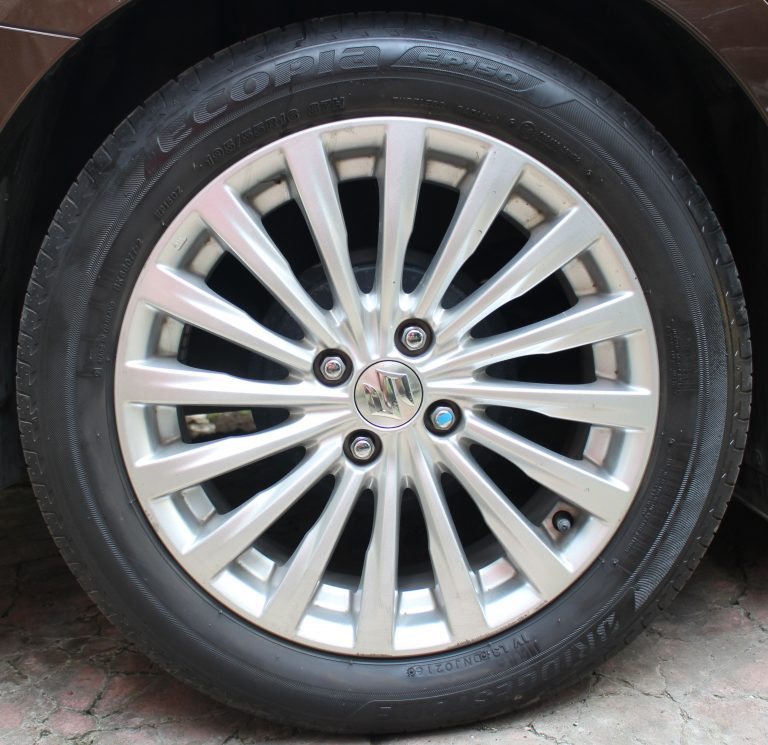
Bridgestone Ecopia EP-150 195/55R-16 mounted on our 2016 Suzuki Ciaz GLX AT
However, we learned that an unscrupulous businessman, who is not an authorized tire importer, is bringing in Bridgestone tires that may or may not be meant for our market. He is just capitalizing on Bridgestone’s tire quality, durability and viability, plus the marketing image that PAEC has built over the years. But this unscrupulous importer, who we learned is also a city councilor, does not have to carry the same responsibility as PAEC does. If that cheating businessman / city councilor imported a Bridgestone truck tire that was meant for cold countries just to undercut PAEC’s prices, and the tire unfortunately deteriorated and caused a huge accident, PAEC will be the one tasked to clear the Bridgestone name and protect the brand image. The cheating bastard would just dispose of his remaining stocks of Bridgestone tires and move on to sell other brands.
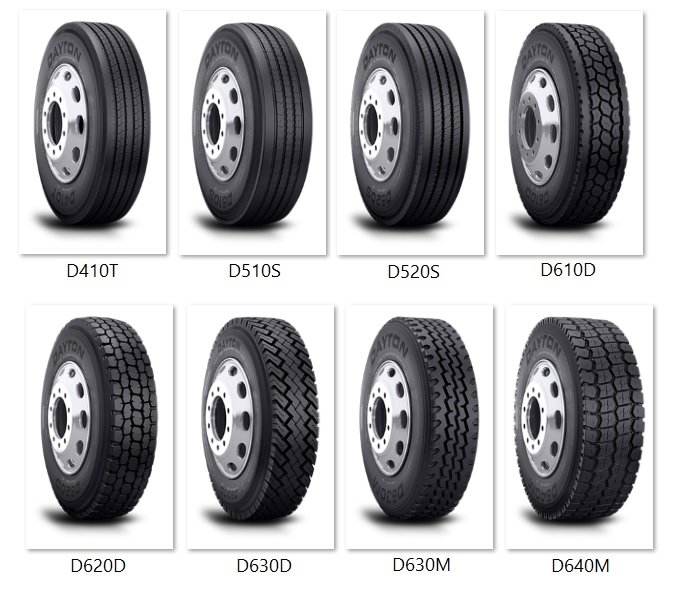
Culpability of the DTI and Traffic Enforcers
This is where the Department of Trade and Industry (DTI) can step in. As the government agency tasked to regulate and ensure the quality of goods and services, the DTI should also look into the tires’ quality, compliance to Philippine road conditions, tropical performance, and other safety factors, as well as the tire importer’s responsibilities, including compliance to existing corporate laws, government regulations, and the Lemon Law. The DTI once imposed the Philippine Standard (PS) Mark and Import Commodity Clearance (ICC) Mark on helmets, which are classified as safety products, so why not on tires, especially the cheap ones? If a perfectly good tire with a PS Mark and ICC Mark blows out at speed on a highway, then the DTI inspector who certified that tire model and brand should be held liable. With today’s technology, everything is easy to monitor and record. Liability can be traced.
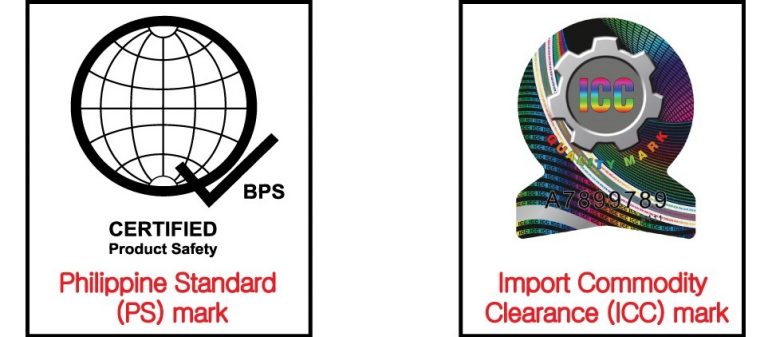
PS Mark and ICC Mark
In the same vein, traffic enforcers should flag down vehicles equipped with tires that do not have the PS Mark or fitted with bald or worn-out tires, and then penalize the driver, owner or operator for safety violations. Enforcers from the LTO Flying Squad, the Metro Manila Development Authority (MMDA), NLEX Highway Patrol, and the local government nits (LGUs) should be on the look-out for these road safety violations, which can claim lives, instead of just looking for violators of minor traffic infractions like numbers coding, which do not pose an immediate danger. You see, if that van was stopped by a highway traffic enforcer from ferrying passengers that fateful day, then those five OFWs would have boarded another vehicle and made it safely to their flight.
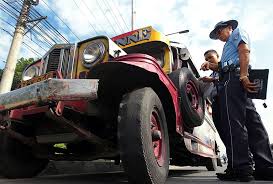
Culpability of Vulcanizing Shops and Truck Drivers
What if the driver of that van had a flat tire several days before the accident? What if the repairs were inadequate and unsafe? Did the haphazard repair cause the blowout? If that was the case, shouldn’t the mechanic, technician or the owner of the vulcanizing shop be held liable, too? We observed that some vulcanizing shops are run by semi-skilled mechanics that may or may not be technically capable of performing the correct repairs on tires, which are the essential contact between the vehicle and the road. Shouldn’t these shops be regulated as well?
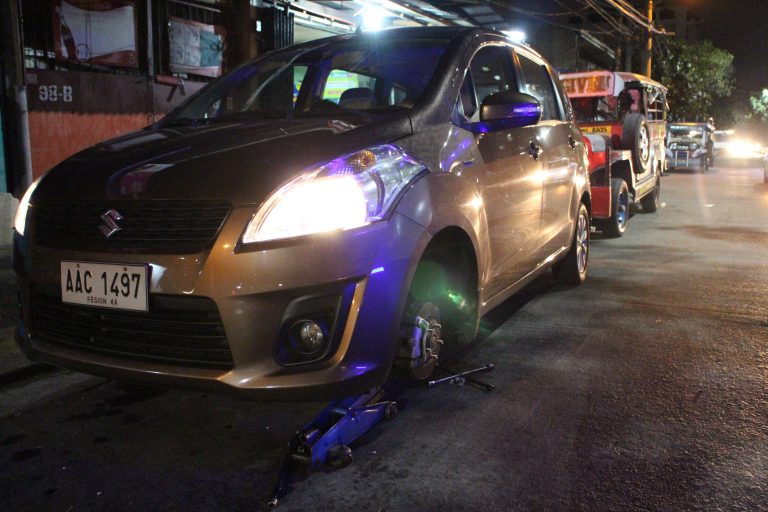
But, what if the tire blowout was caused by an external factor like a block of wood lying on the highway? We learned that some truck drivers carry a piece of wood to use as wheel chucks or stoppers to stop their trucks from moving when parked. These wooden blocks sometimes fall off the trucks at highways, and there may be a distinct possibility that the rear left wheel may have hit a block of wood at speed that caused it to burst, which flipped the van over. A more thorough inspection of large trucks during their annual registration renewal and the correct functionality of its emergency parking brake would have negated the need for the wooden block.
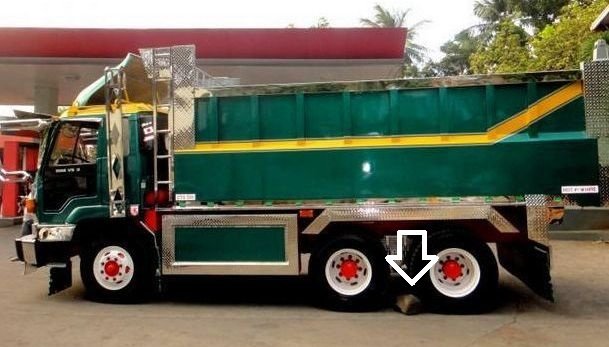
Wood stopper between the two rear wheels
It Could Happen to Anyone
One of readers, Seamus Hughes, summed it up best: “Public service vehicle inspections (in this country) are a disgrace. There should also be random on-the-spot tests for drugs and alcohol. There are so many abuses that are causing deaths on the road. We must know the full truth…”

We agree that tires or tire blowouts like anything else, by themselves, don’t kill. It’s negligent people who do. And these negligent people may be the driver, operator or owner who already knew that the tire needed to be changed or who bought cheap but poorly-made tires; the vulcanizing repair man who made a quick but unsafe repair of a flat tire; the LTO inspector who allowed the van to run on unsafe tires; the DTI inspector who approved the sale of a low-quality tire; the tire importer who brought in cheap but poorly-made tires without regard for public safety; the traffic enforcer who didn’t do his job citing a vehicle that poses a danger to the public; or the occupants of a nearby car who may have seen the tires of that van disintegrating but didn’t do anything to warn the driver. Blame could be leveled on anyone remotely connected to this accident.
We will never really know the cause of this accident because by this time, the important pieces of evidence may have been lost or contaminated. But the more important point is that five lives were lost. Five families lost a loved one. Are we just going to take this matter sitting down? I believe that it is time to create an agency like the US National Transport Safety Board (NTSB) to look into all transportation-related accidents, be it on land, air or sea. After all, lives are at stake here.
We’ll leave you with this reminder from our own VP for Marketing and Sales, Shariffa Dizon: “If you love your family and care about your loved ones, please always make sure they are safe at home or on the road. Sometimes, one’s carelessness doesn’t just affect them but the people around them as well. STOP BEING CARELESS. STOP BEING SELFISH.”
